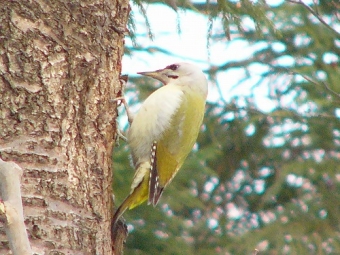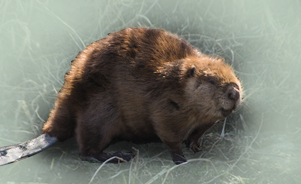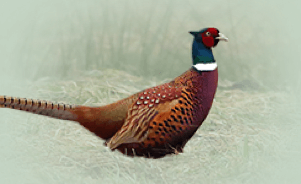Grey-headed woodpecker Picus canus

Features
The grey-headed woodpecker, also known as the grey-faced woodpecker, is a Eurasian member of the woodpecker family, Picidae and is found also in Slovenia.
| Species | Bird |
| Living space | Conifer forest, Deciduous forest |
| Size | 25 -28 cm |
| Weight | 130-180 g |
Description
On average, it is somewhat smaller and lighter than the European green woodpecker. In the field, this distinction in size is difficult to make. Its size is approximately that of a Eurasian collared dove. Grey-headed woodpeckers have uniformly olive green upperparts, transitioning across the neck to a light grey, the head being that latter colour. The typical woodpecker markings are small and not particularly conspicuous. It has a grey head with black moustache, and the male has a red crown. It has a shorter neck, slimmer bill and slightly rounder head than the green woodpecker. Grey-headed woodpeckers live in both deciduous and mixed forests. The territorial song of male can be heard, with a "drum roll" lasting up to 40 beats, or two seconds. They breed from May to June. Ants and their immatures make up the lion's share of the grey-headed woodpecker's diet, particularly in spring and summer. Besides those, caterpillars, crickets, bark and wood beetle larvae, flies, spiders and lice are part of the diet. In late autumn and early winter, grey-headed woodpeckers switch to including significant amounts of vegetable matter, such as berries and other fruits, in their diets on a regular basis.
Features Temenica (3)
SPECIAL ogr.




